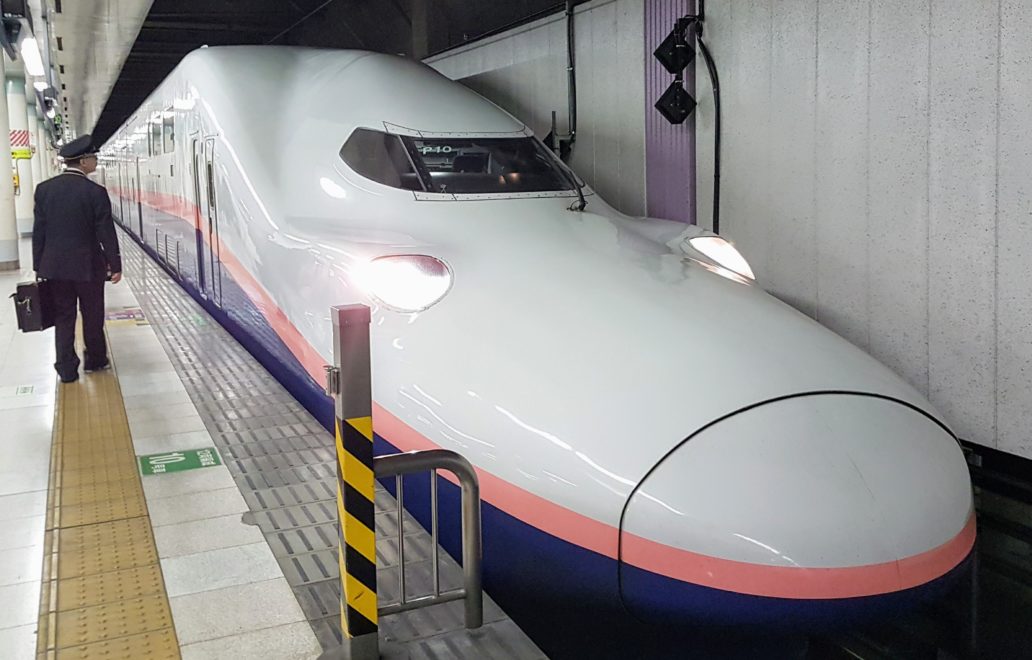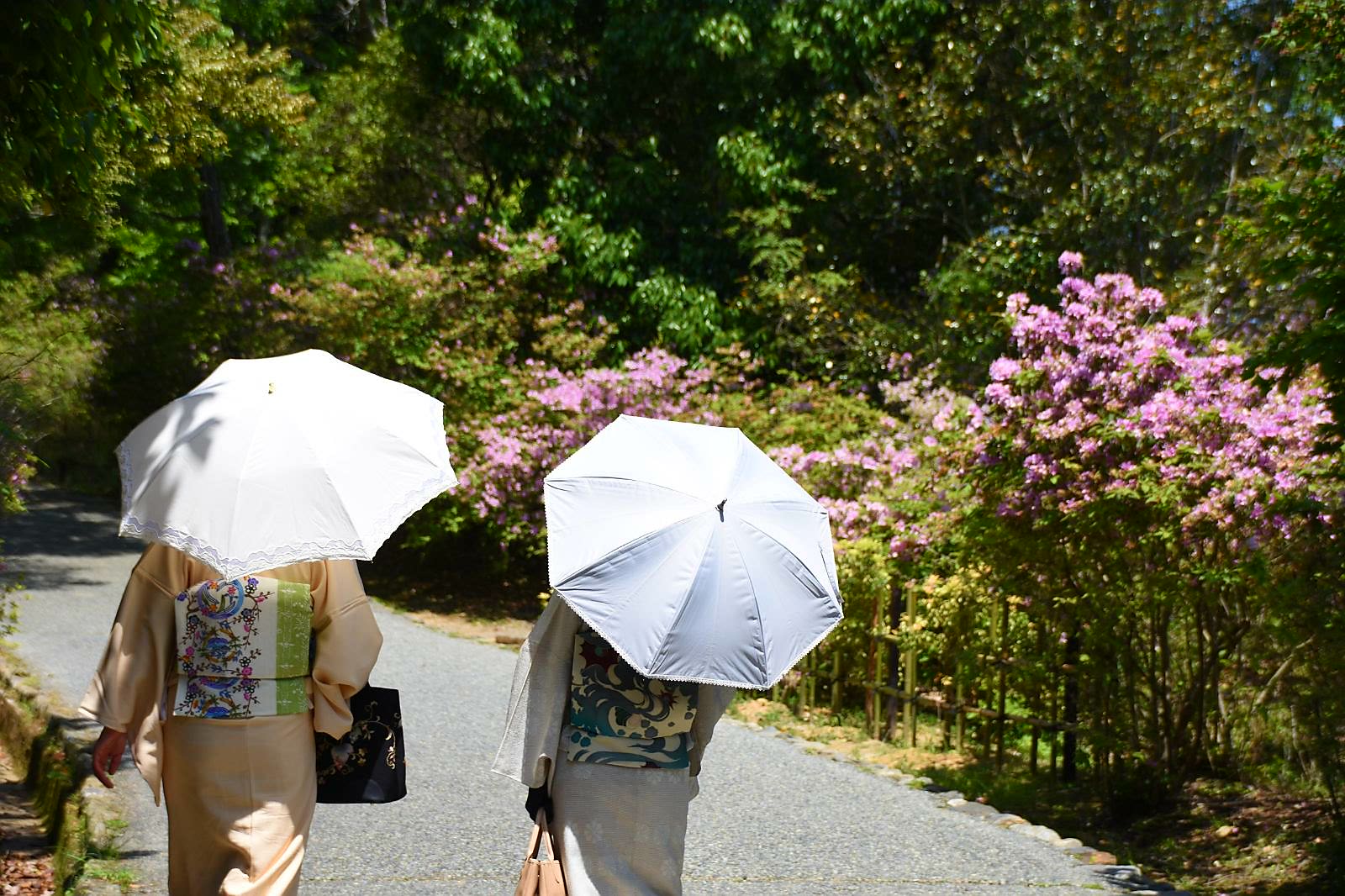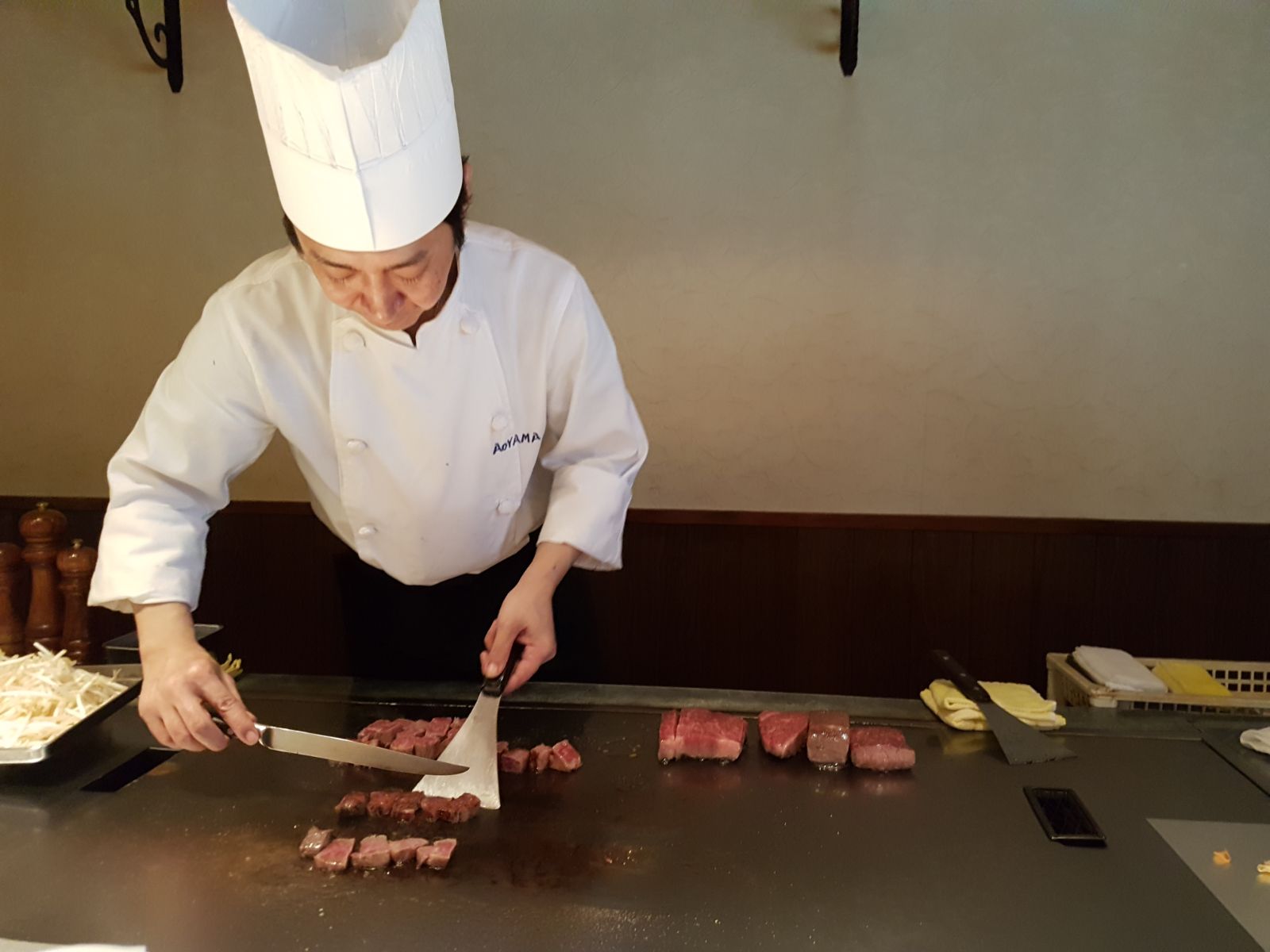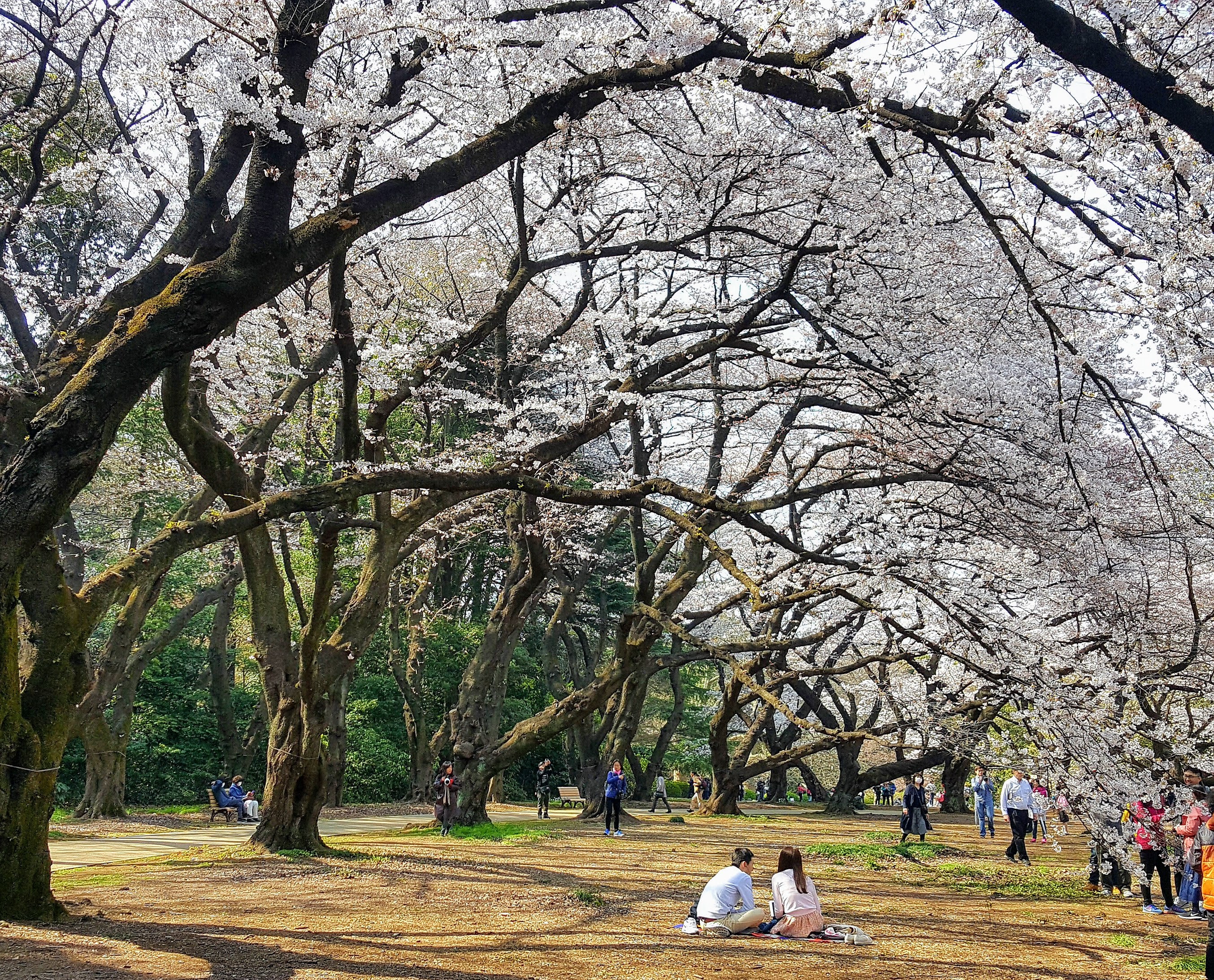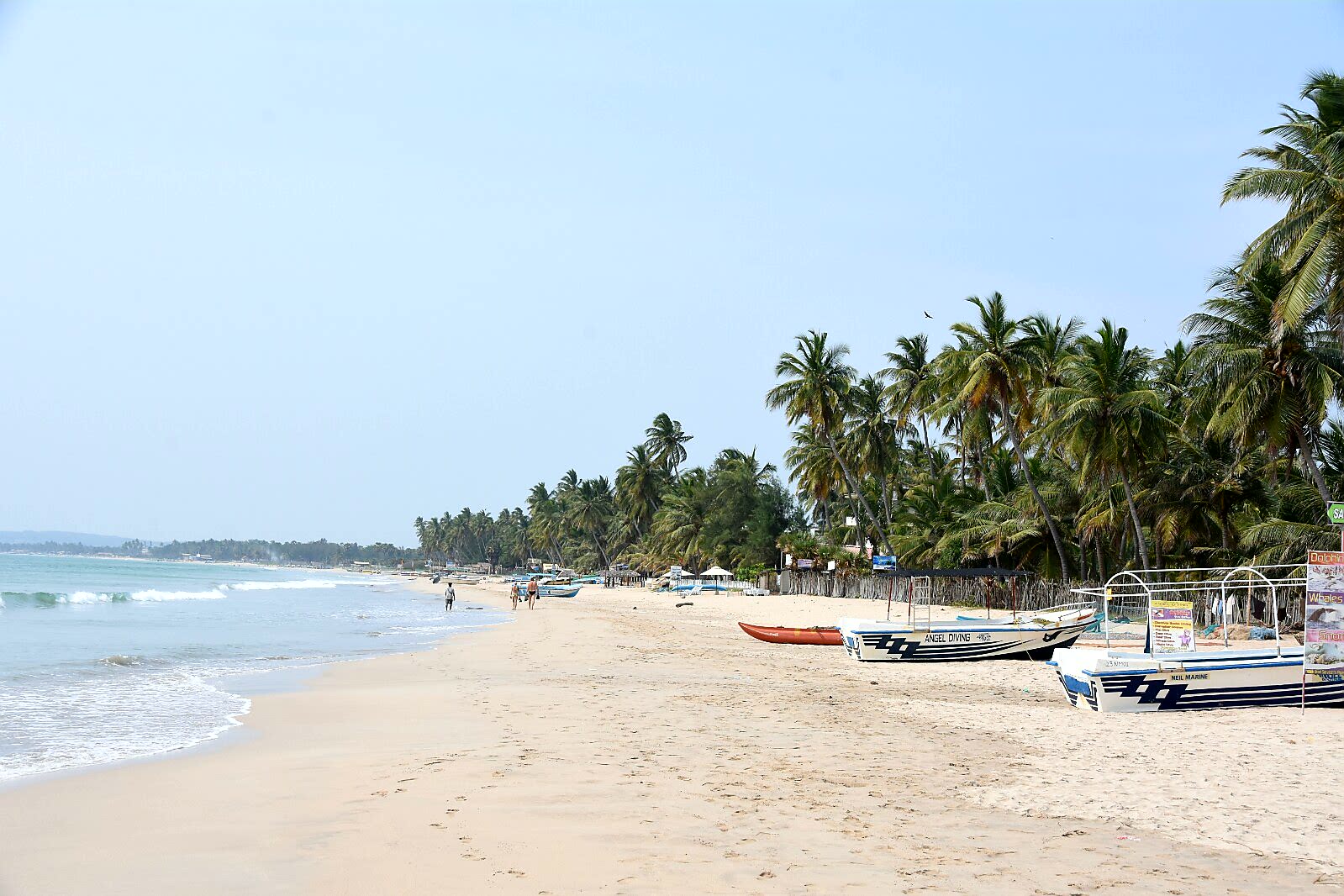Japan remains our favourite country that we have visited. Sure, it’s a lot more expensive than almost everywhere else we’ve been and therefore has eaten into our full year budget a lot quicker than our time in Indochina but we wouldn’t have changed a thing!
Our three and a half week itinerary was busy but didn’t feel too much, especially as plenty of distance can be travelled in little time and good comfort using the bullet trains. We had plenty of time in crazy Toyko (broken up to include time at the start and end) but were able to slow down with time outside major cities (to do great hikes, see the snow monkeys and experience a different side of Japanese culture) and had time to sample plenty of different culinary specialities from the different regions. With more time (and in a different season) we’d have loved to have checked out Sapporo in the north and the islands in the south – we will save these for next time.
A few tips from Daz worth passing on…
Travelling Around Japan
We purchased a 21 day rail pass. This offers convenience but it can be hard to know if you will get good value. We tracked every JR rail pass fare we used and as the table shows it is definitely better value to buy a rail pass if you have a similar itinerary to ours. The ticket prices shown here for train travel in Japan were valid April 2017.
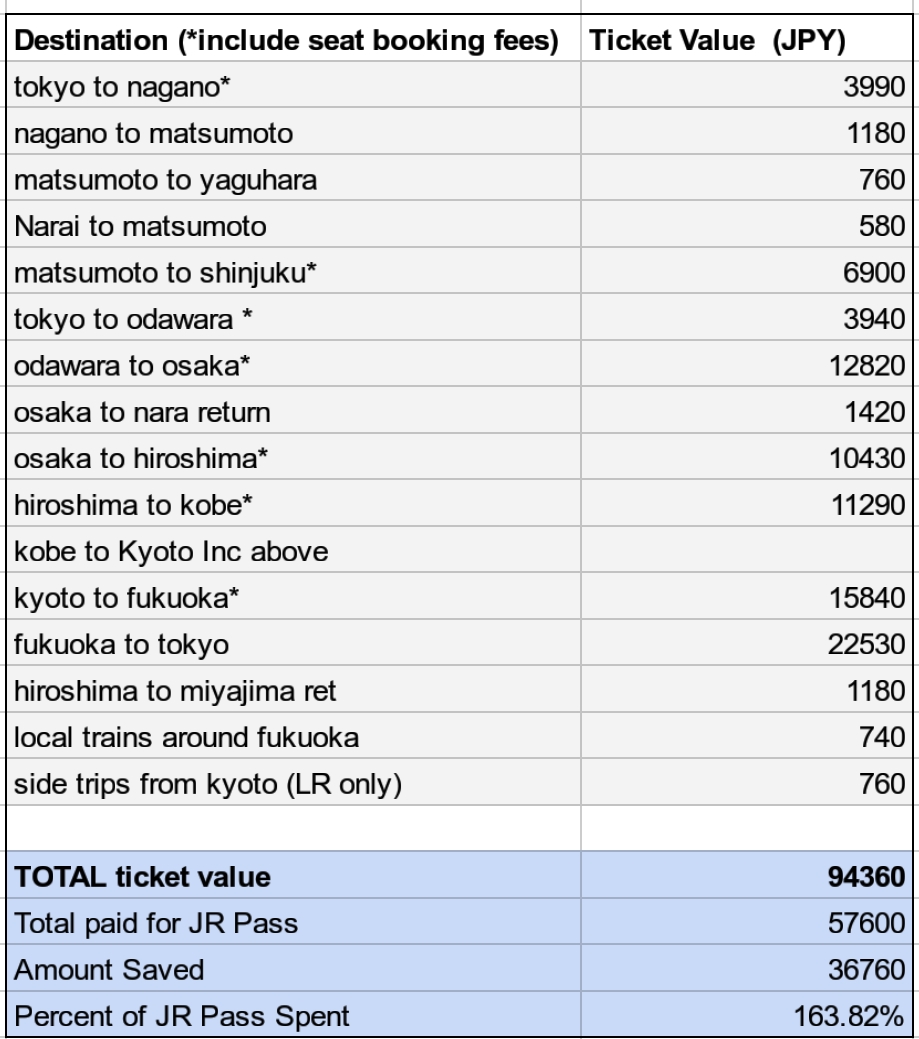
Once you have your rail pass you can reserve seats for free. Do this early in your trip – especially in busy times as trains do get booked out. You can always change your seat reservation for free later. The reservation centres can be busy so write down all the details of the train number, route and dates you want before heading to the station (use the awesome Hyperdia train app to find your preferred trains – remember to unselect Nozomi and Mizuho Shinkansen trains as you cannot use the JR pass for these) and where possible go to a smaller JR station outside peak hours. You can easily book a few trains at a time if you do all this.
Culture and Etiquette
So much is written about what you can and can’t do in Japan. Firstly, don’t stress about it. Do a bit of reading and apply common sense. If you make a bit of an effort and use a few basic Japanese words you’ll be amazed at how helpful the Japanese people can be. When in doubt just take a moment to see what the locals are doing and mimic.
Plan ahead!
Generally, we prefer keeping our options open while travelling but for Japan you must book early – especially if travelling anywhere near the cherry blossom season (or Golden week in May which we did last year). In either case hotels will book weeks (if not months) early and the options you will be left with are expensive and tiny! We tried to see if more opened up closer to the time or prices dropped – they didn’t! This also applies for restaurants but you may struggle to make bookings from overseas or if you have limited Japanese. If you can’t get a booking made via your hotel concierge (we found some refused to until we had checked in, by which time it was weeks too late) try arriving very early around opening time (or at lunch when it is generally cheaper and less busy).
I did use an online concierge chat service called FastJapan.com but unfortunately this is no longer a free service (fair enough as they were excellent).
The food….
I think we’ve written enough about this in previous posts but for avoidance of doubt we loved the food throughout Japan. The only real advice we can give is don’t be afraid to try new things. We ate plenty of things we didn’t recognise or that Google translate couldn’t properly describe but lived to tell the story and in the most part found the unknowns to be some of the tastiest.
You will probably crave international food every now and then to mix it up – do it so you can build back up the excitement if eating local! Beware of Sushi Face!
